Researchers at the University of Southern California (USC) have made a groundbreaking discovery in the field of artificial intelligence, developing artificial neurons that replicate the behavior of real brain cells. According to a recent study, the team built artificial neurons using ion-based diffusive memristors, which mimic the way neurons use chemicals to transmit and process signals. This innovation has the potential to unlock significant advancements in AI, enabling the creation of brain-like, hardware-based learning systems.
The USC researchers, led by Dr. Yang, employed a novel approach by stacking a diffusive memristor and a resistor on top of a transistor to create an integrated spiking artificial neuron. This design allows for rich neuron functionality, single-transistor footprints, and low energy consumption, making it suitable for neuromorphic computing systems. The team fabricated an array of these integrated neurons in the university's cleanroom, with each neuron occupying an active region of approximately 4 μm2.
"This breakthrough has the potential to revolutionize the field of AI," said Dr. Yang. "By replicating the behavior of real brain cells, we can create more efficient and effective learning systems that are closer to natural intelligence." Dr. Yang emphasized that the technology may enable the development of more sophisticated AI systems that can learn and adapt in a more human-like manner.
The development of artificial neurons that behave like real brain cells has significant implications for society. As AI continues to advance, it is likely to have a profound impact on various industries, including healthcare, finance, and education. The potential for more efficient and effective learning systems could lead to breakthroughs in fields such as medicine and materials science.
The USC researchers' achievement builds upon previous work in the field of neuromorphic computing, which aims to create AI systems that mimic the structure and function of the human brain. This approach has shown promise in recent years, with several research groups developing innovative technologies that can learn and adapt in a more human-like manner.
The current status of the research is that the USC team has successfully demonstrated the functionality of their artificial neurons, but further development is needed to scale up the technology and integrate it into larger AI systems. Dr. Yang and his team are already working on refining their design and exploring potential applications for the technology.
As the field of AI continues to evolve, the development of artificial neurons that behave like real brain cells is an exciting step forward. The potential for more efficient and effective learning systems has significant implications for society, and researchers like Dr. Yang are pushing the boundaries of what is possible in the field of AI.
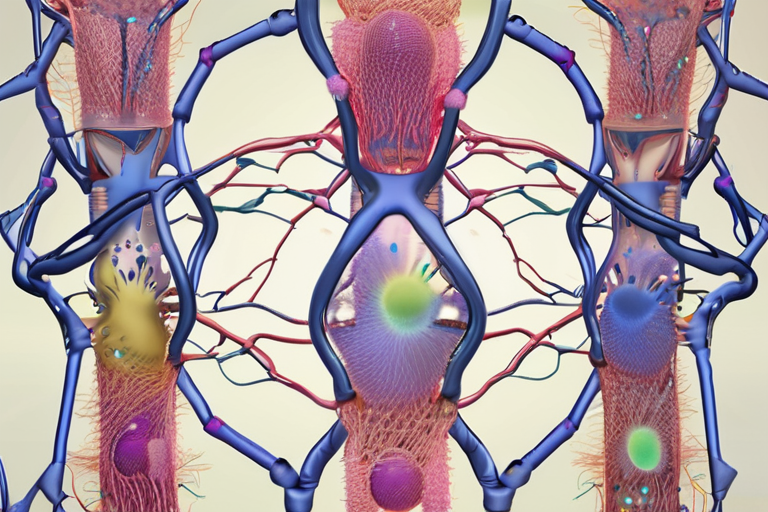

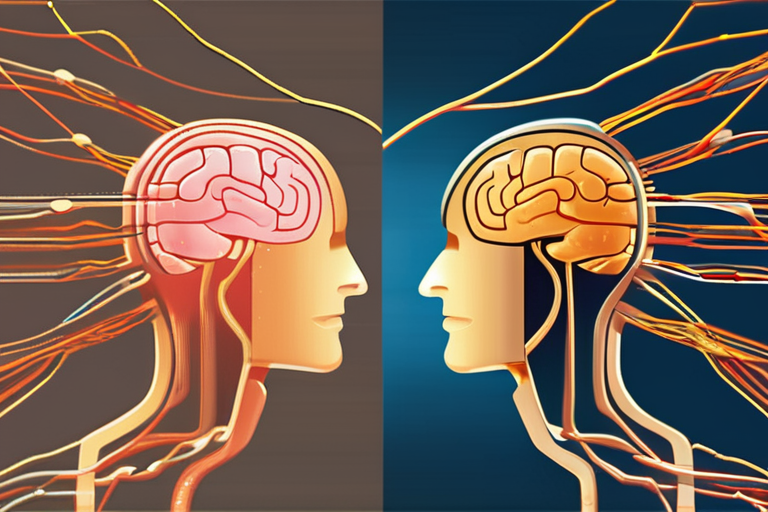
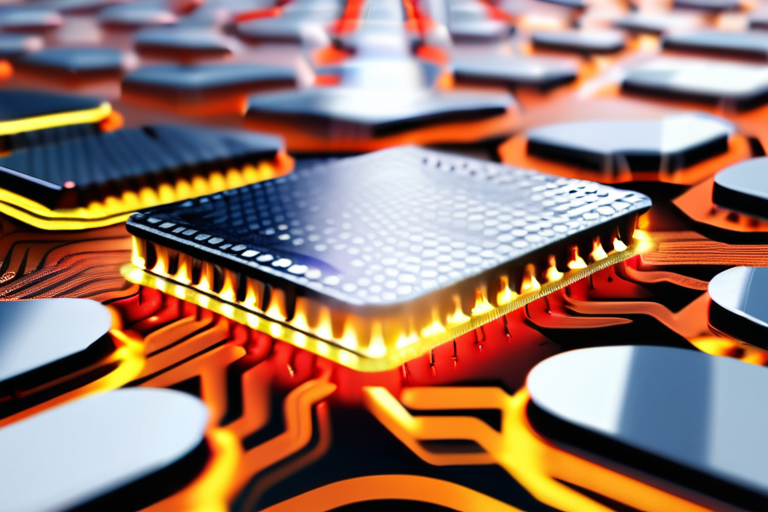
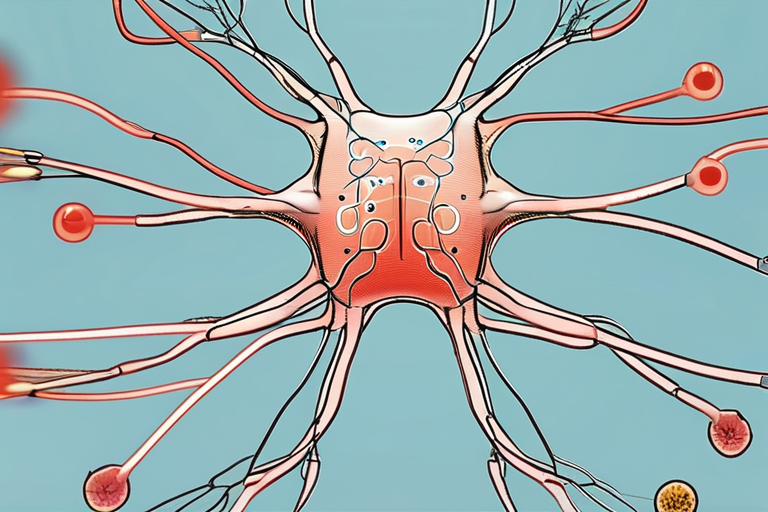

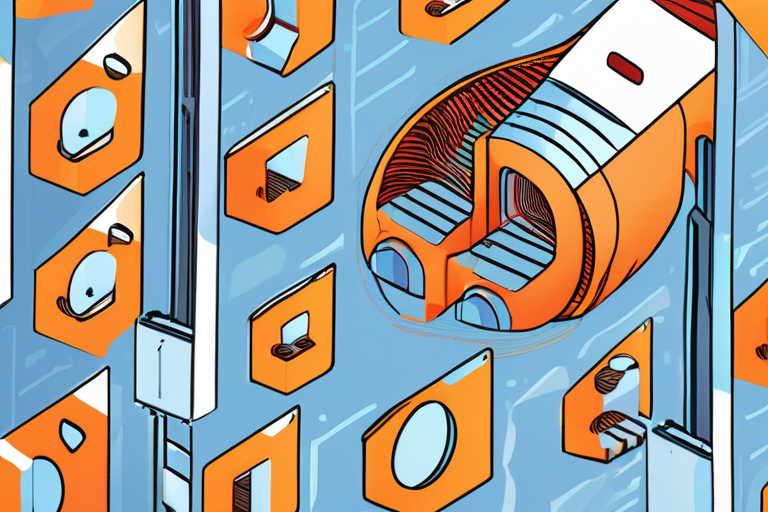
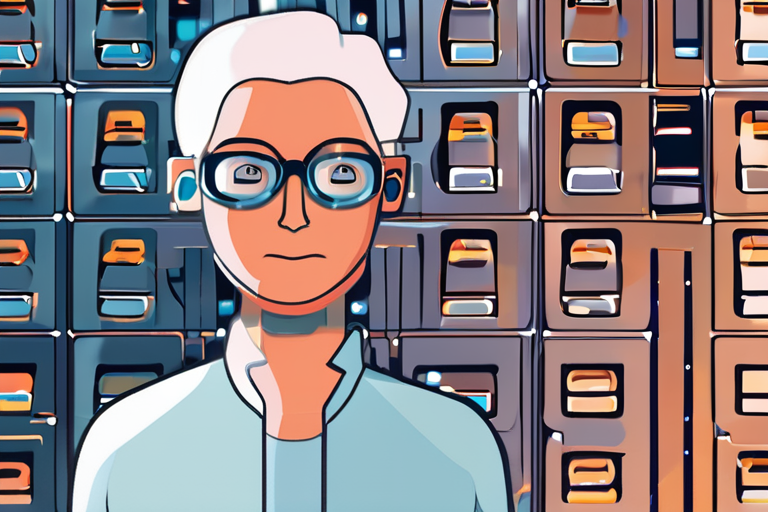
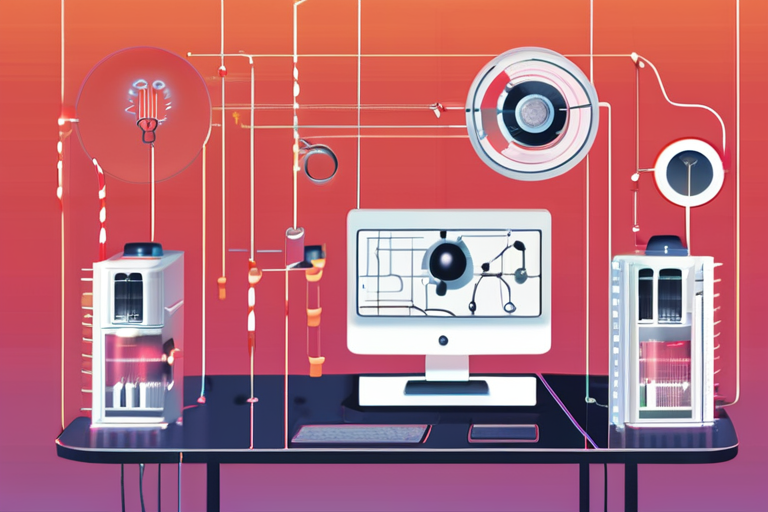


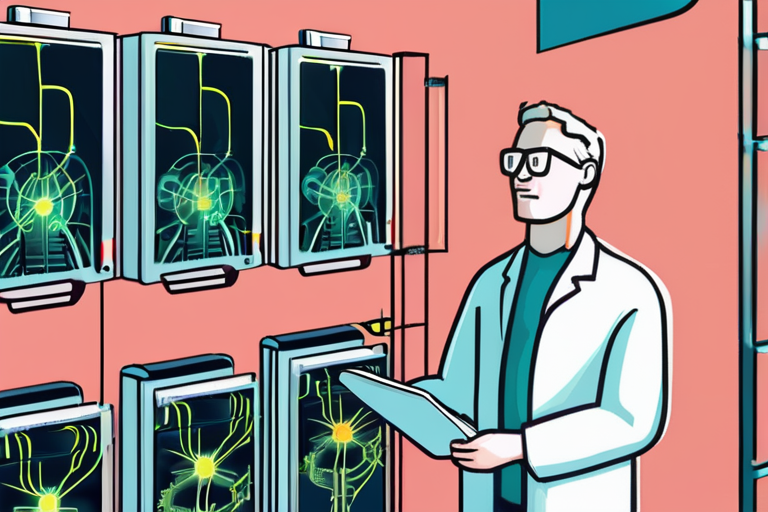
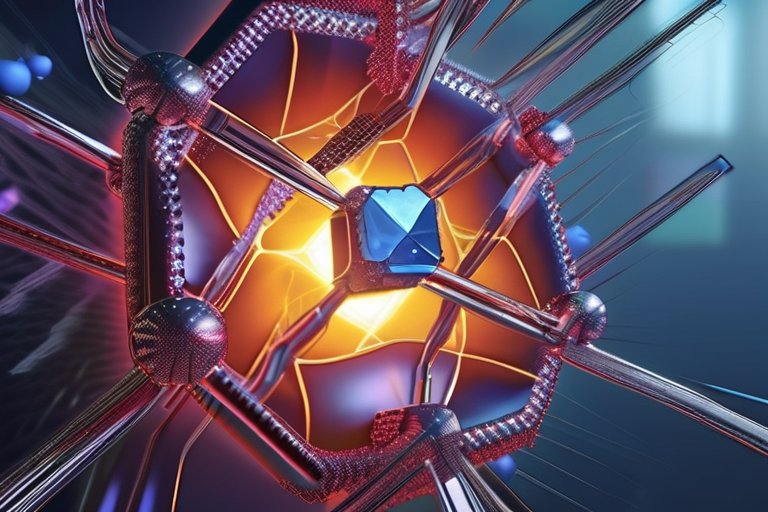
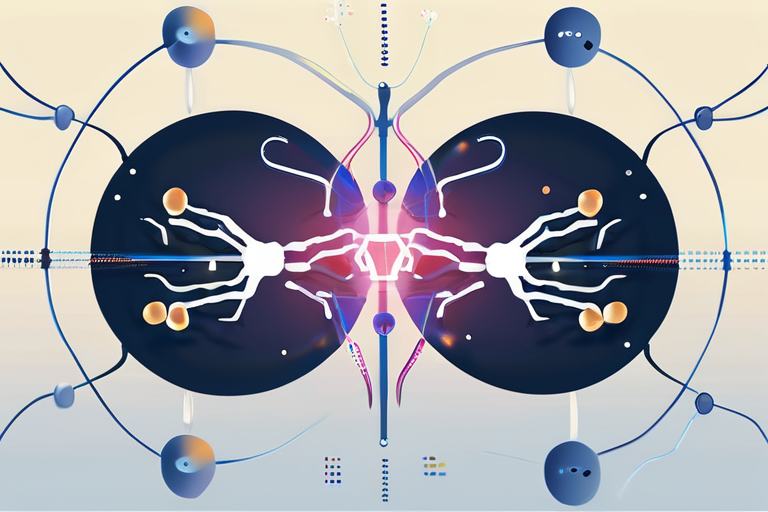



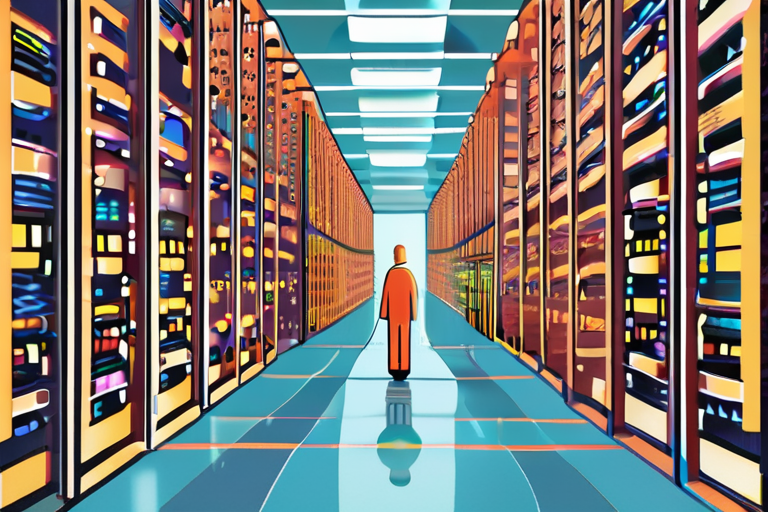



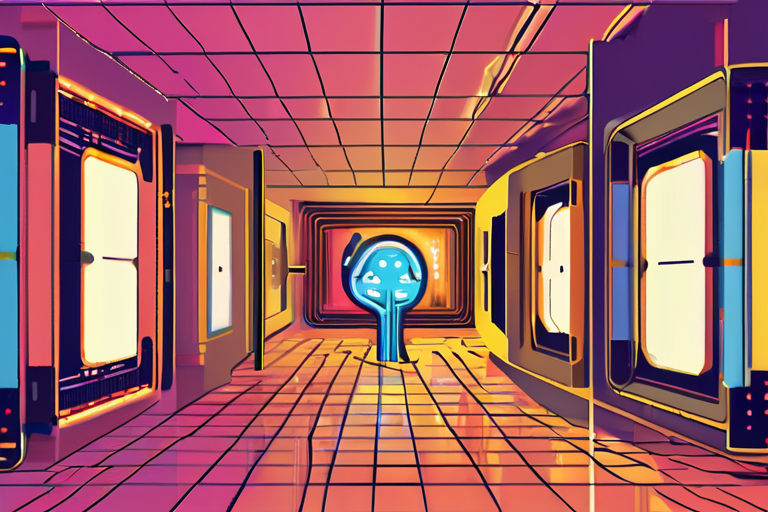
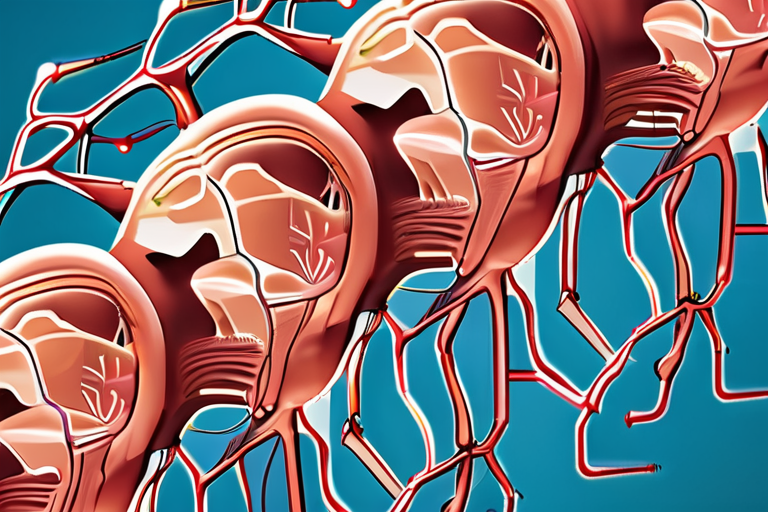

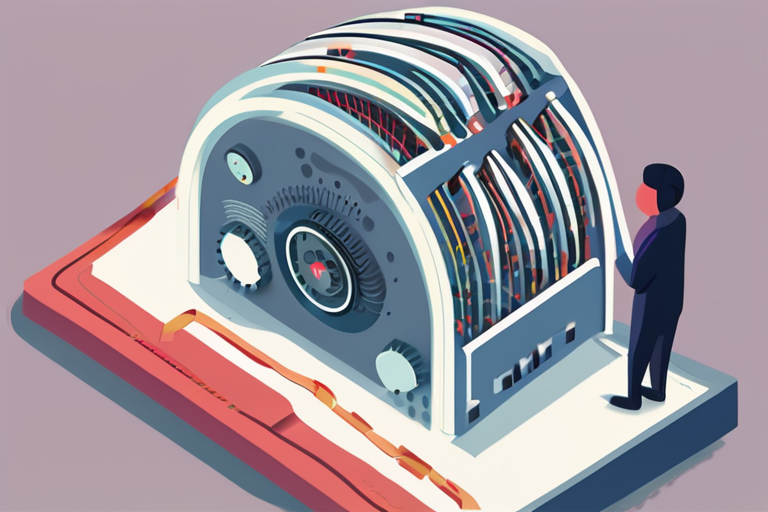
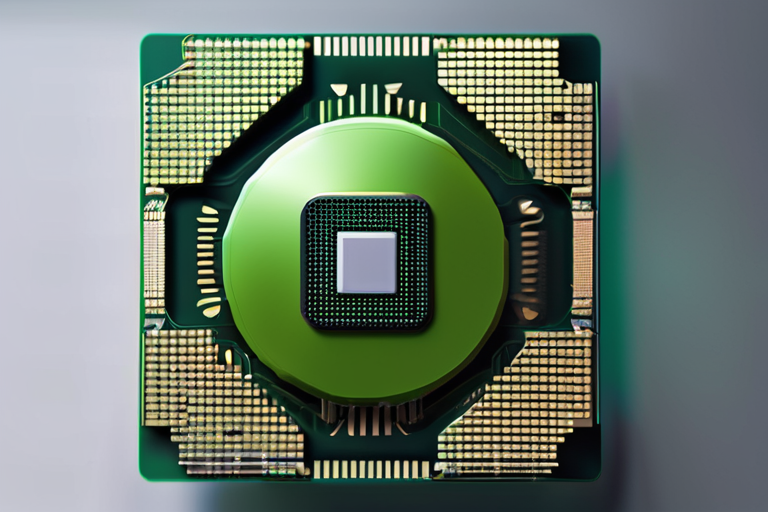
Share & Engage Share
Share this article